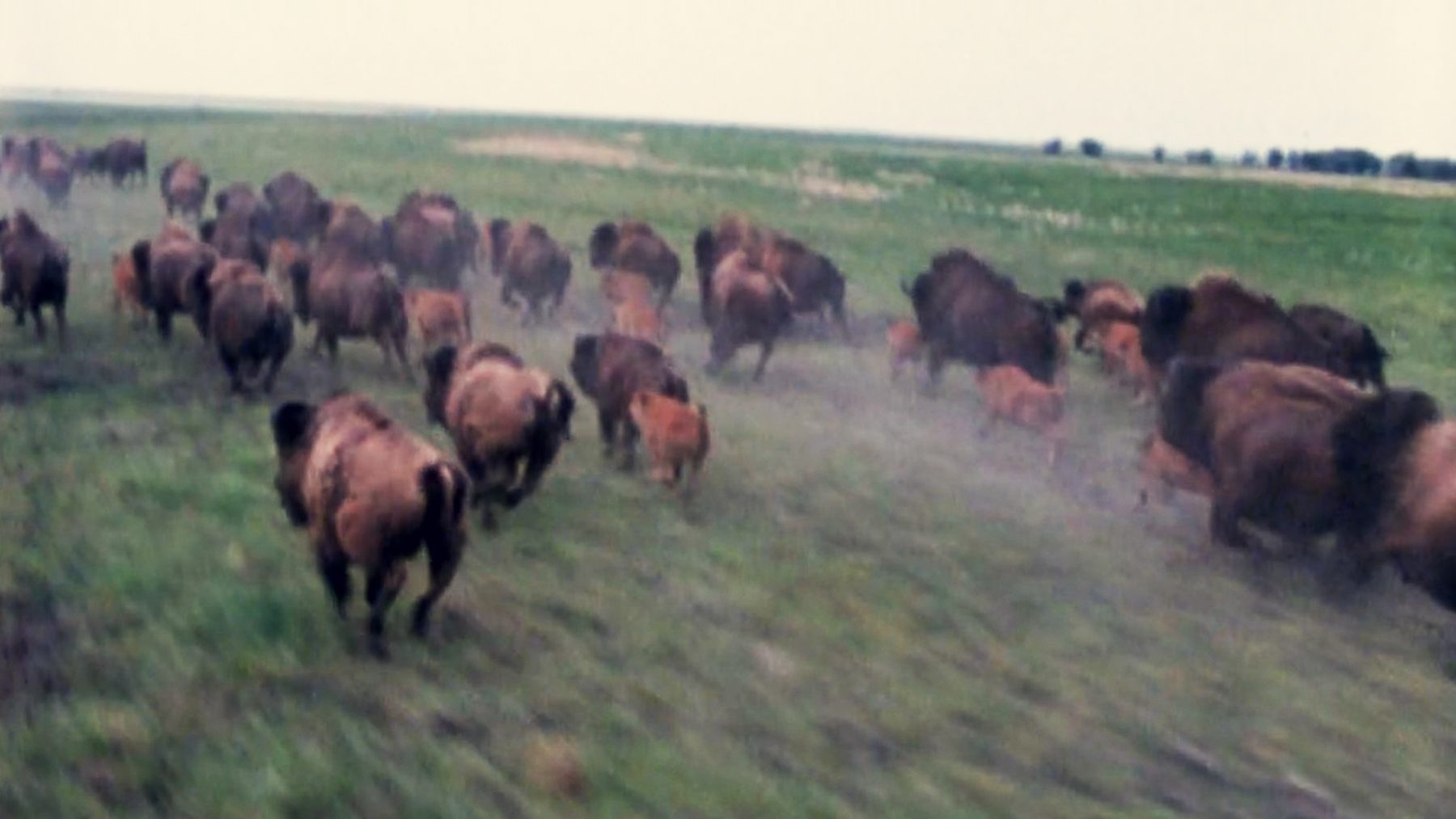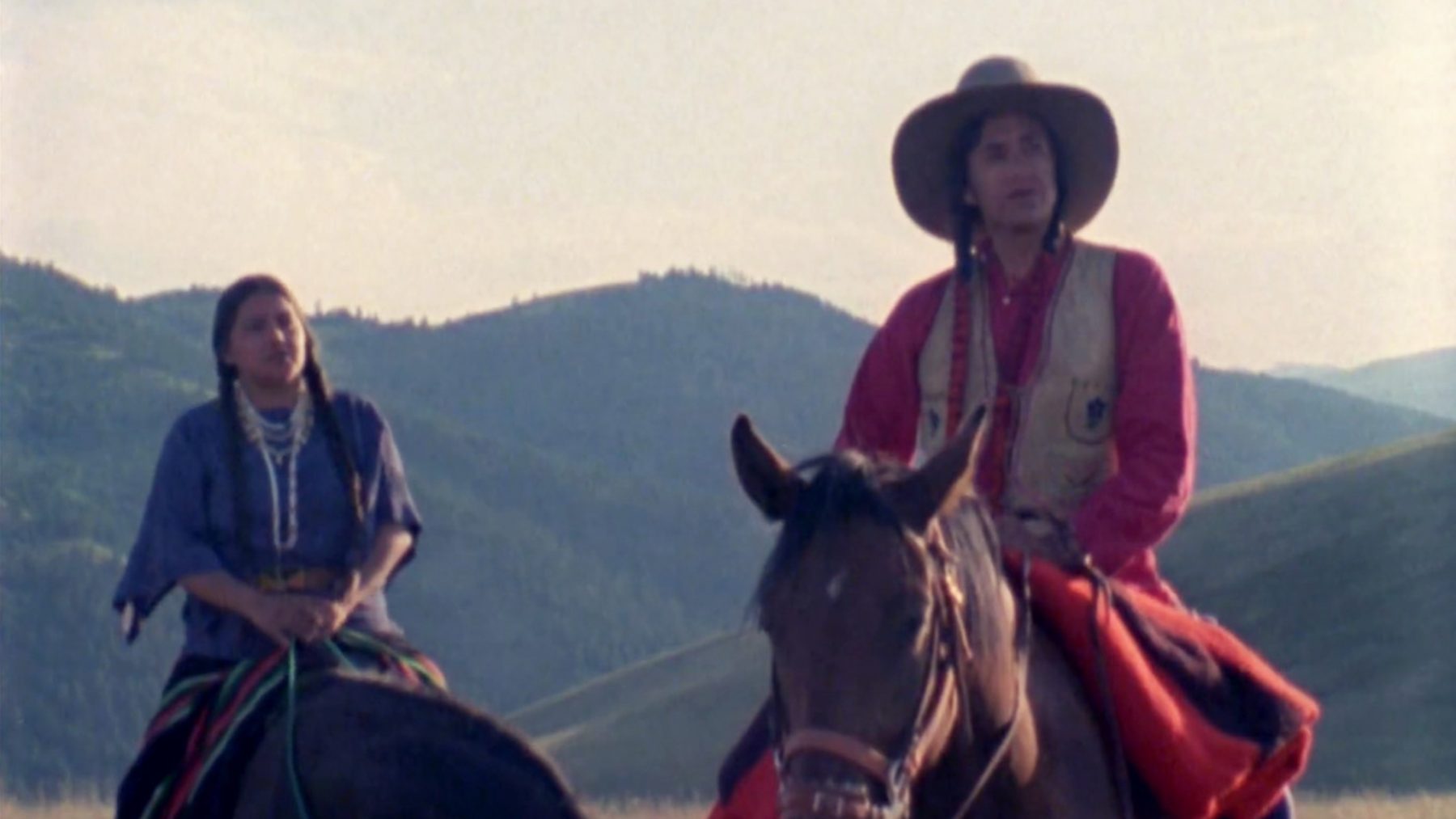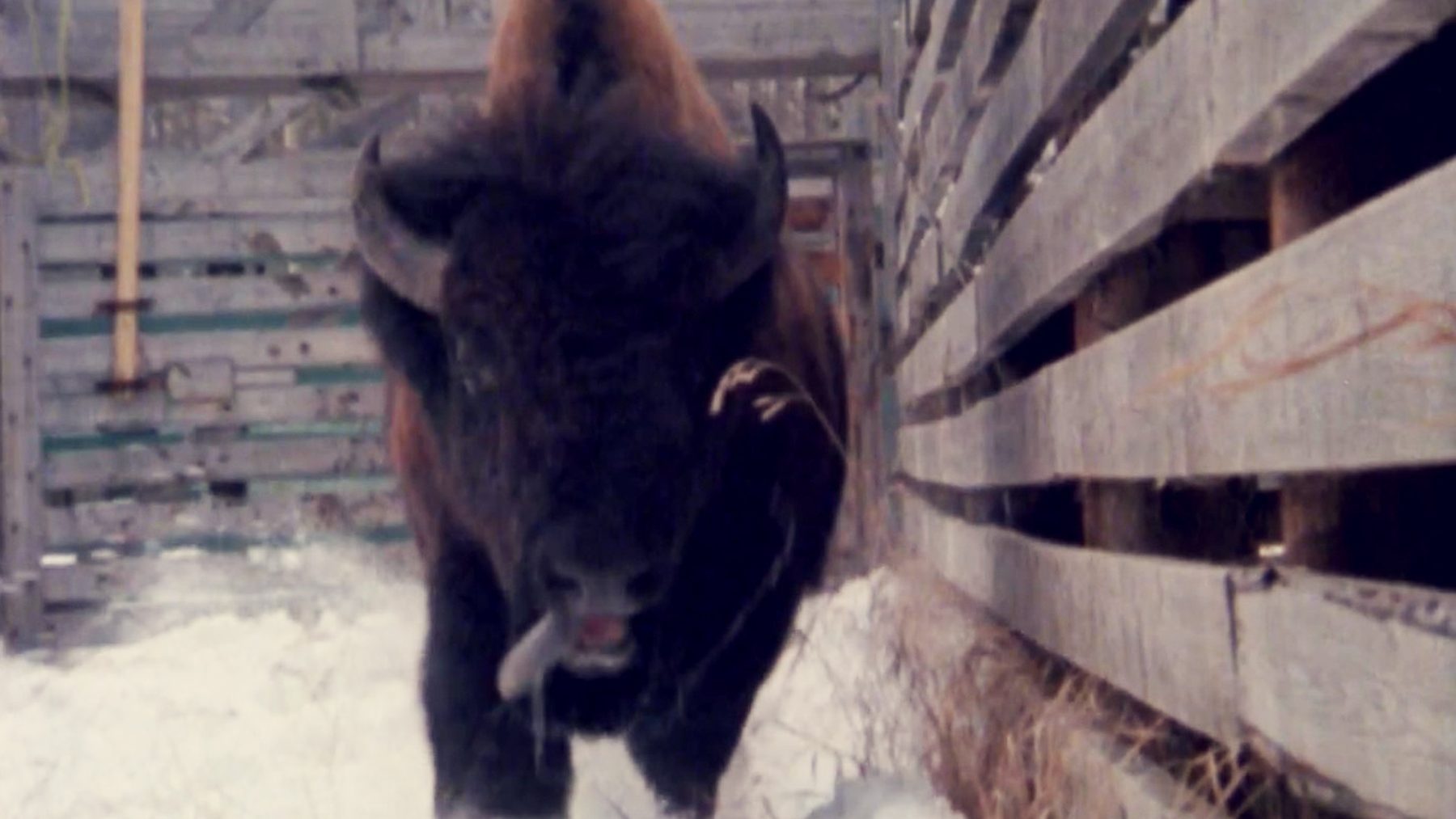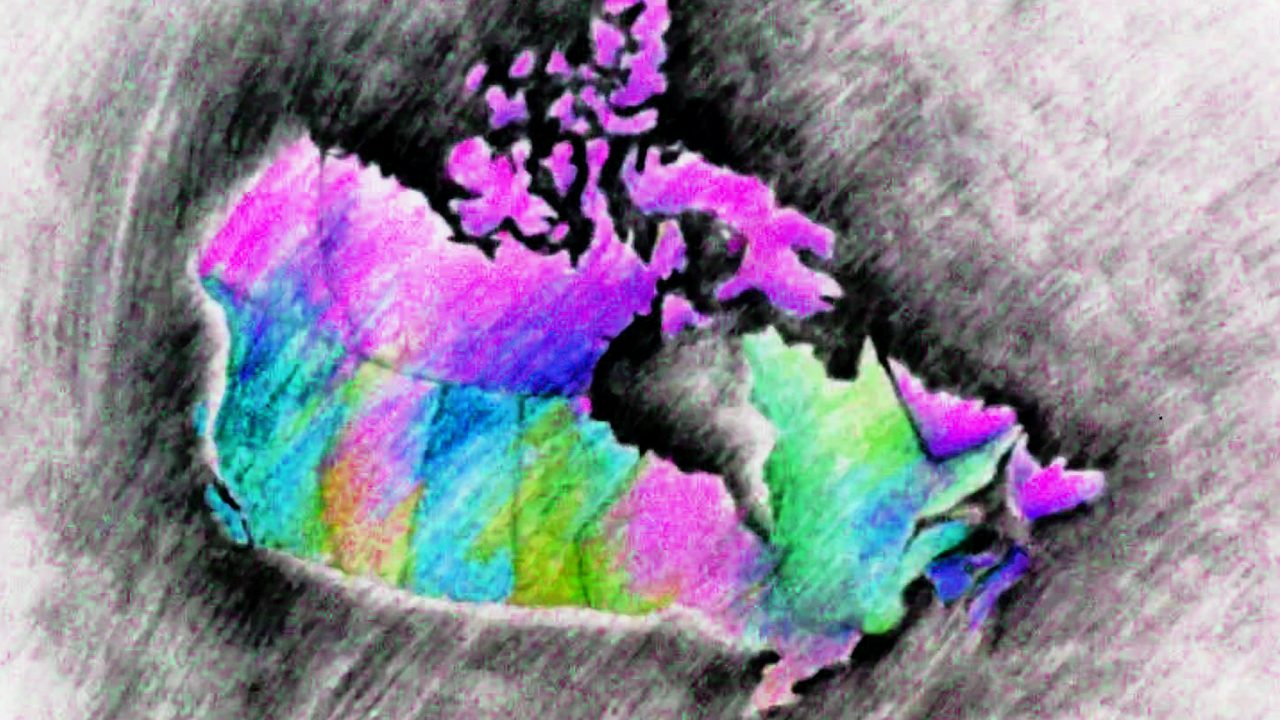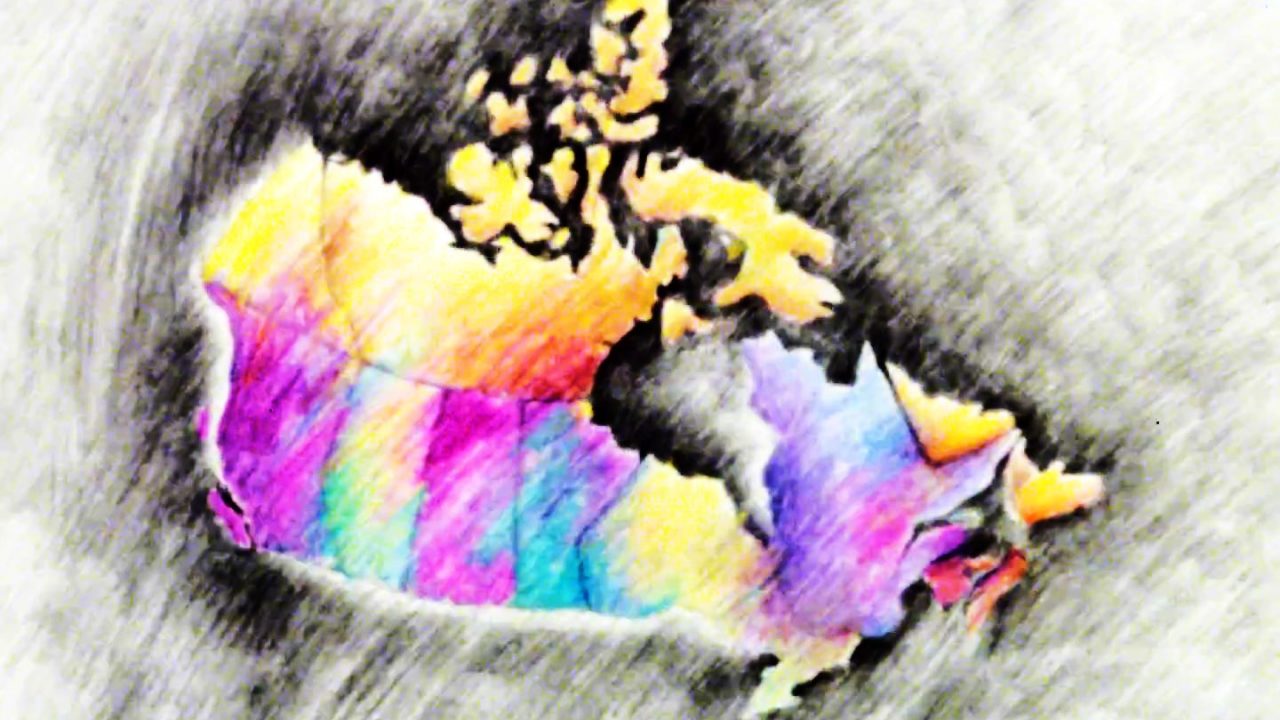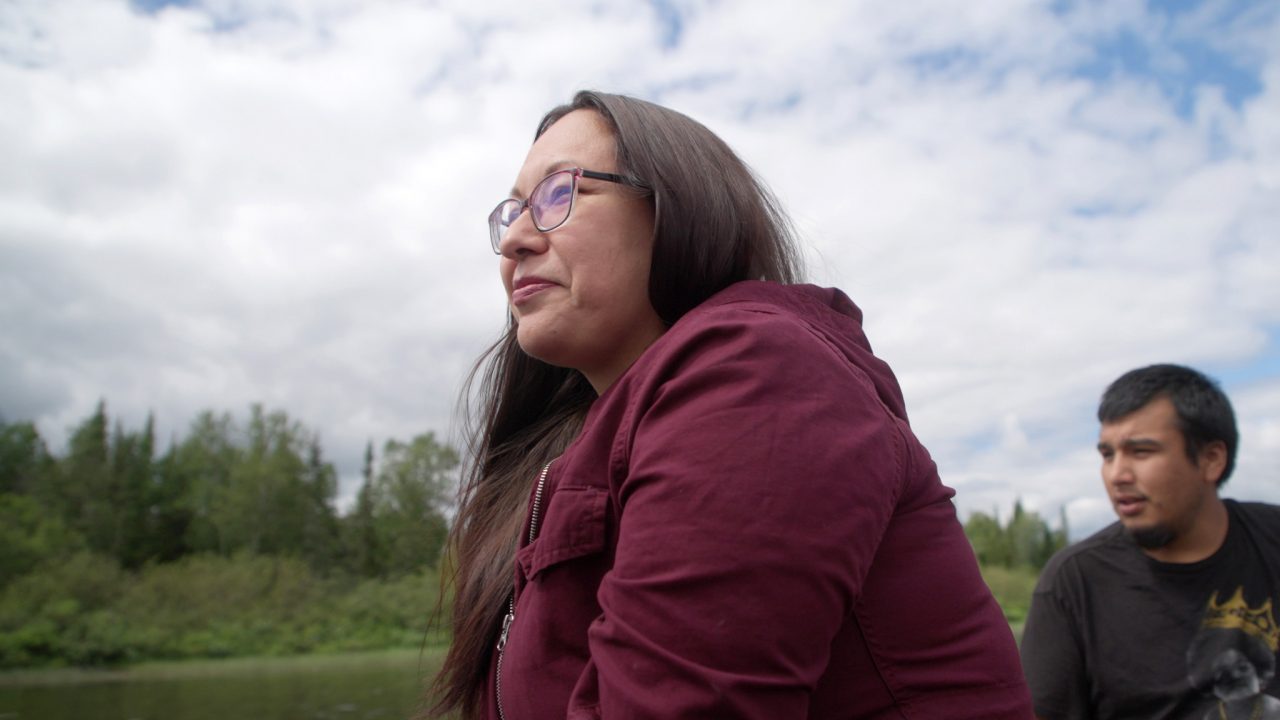
The Troubled History of the North American Bison | Curator’s Perspective
The Troubled History of the North American Bison | Curator’s Perspective
On February 19, 2021, Parks Canada transferred six bison from Elk Island National Park in Northern Alberta to Waterton Lakes National Park in Southern Alberta. While this might seem like an insignificant event, it was the latest in a series of moves initiated by Parks Canada over the last 100+ years to help grow the bison population in Canada and diversify the ecosystems in the Western part of our country.
In 1985, the National Film Board of Canada produced four films to highlight the 100th anniversary of Parks Canada. One of these, The Great Buffalo Saga, which recounts the long and troubled history of the North American bison, is the subject of my blog post today.
Slaughter of the bison
It is estimated that 40 million bison died in the 19th century. Most were slaughtered by European settlers all over North America, but there were also a lot of deaths due to disease. Some accounts have the number of surviving bison down to a few hundred by the end of that century! The film tells us about several attempts by the Canadian government to help save this majestic animal.
But why were so many bison killed? The answer, unfortunately, highlights man’s stupidity and greed. Many of the settlers wanted the land that the bison occupied. They would also kill the animals for their fur. In the United States, the government supported the slaughter of the bison so that Indigenous Peoples, who relied on the animal for food and furs, would go hungry and be forced to move elsewhere, freeing up the land for settlers!
There were so many dead bison that some Prairie towns were littered with mounds of bones and skulls. Because of these, Regina was originally called Pile-of-Bones before the name was changed in 1882. (In Cree, that area was named Wascana, which translates as “Buffalo Bones.”)
The bison revival
There was no attempt at that time to save the bison. It was the work of several ranchers that helped the herds grow unmolested. The bison revival started with Samuel Walking Coyote, an Indigenous man from Montana. He captured a few wild bison and brought them 400 kilometres to graze in a pasture near St. Ignatius, Montana, in 1874.
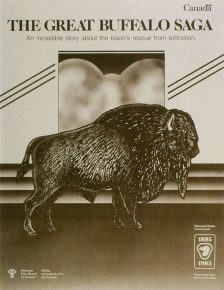
Here is where the story of the revival really gets interesting. The bison were bought by two horse traders, Charles Allard and Michel Pablo. After 20 years, the herd had multiplied and outgrown their pasture. Pablo approached the American government to see if they wanted to buy the herd from him. When they refused, he agreed to sell to the Canadian government, which meant moving them to Alberta. Between 1907 and 1912, 716 bison were transferred with great difficulty. They were brought to Elk Island and then to Buffalo Park near Wainwright, Alberta.
By the end of WWI, the herd was thriving, and there were some 8,000 animals in the park. They became a huge tourist attraction and were so popular that several Hollywood films were shot there during this time. But the bison grew too quickly and began eating themselves out of house and home. There was also the problem of diseases such as tuberculosis that were plaguing the herd. It was decided that controlled killing would have to be implemented to cull the herd. The public was so shocked and angered when they found out, that the killing was quickly stopped.
Wood Buffalo National Park
The government decided that there was no choice but to move the herd to the newly created Wood Buffalo National Park in northern Alberta and the southern Northwest Territories. At 44,000 square kilometres, it was the biggest area of protected land in the world and would give the bison plenty of room to grow.
Meanwhile, there were entrepreneurs who had tried breeding the bison with cows and yaks as far back as 1916. Every single experiment led to 100 percent sterility in the hybrid bulls.
There were other problems at Wood Buffalo. Parks Canada had to eventually round up the herds to inoculate them against anthrax. This caused another problem, where animals were trampled and some died from shock, simply collapsing where they stood, no longer able to move.
The bison survives
How much more abuse could this species take? Well, the bison are resilient and have continued to thrive despite everything that man (and, to a lesser degree, nature) has done to them. The film clearly shows that bison are survivors. Some 400,000 animals exist today, meaning that some of these manipulations of the herd have been successful, even though, sometimes, the methods were questionable.
For me, one of the most interesting parts of the film is the interview with Doug Allard, the great-grandson of Charles Allard, who was so instrumental in the bison revival. The younger Allard recounts the story of the revival and how Walking Coyote, Pablo and his great-grandfather pretty much helped save the bison from extinction.
I invite you to watch this fascinating film about the troubled history of a resilient animal. Let’s hope that we’ve learned from our mistakes, and that small gestures like that transfer of six bison in February will be part of continued efforts to help grow the populations of this great animal.
The Great Buffalo Saga, Michael McKennirey & Boyce Richardson, provided by the National Film Board of Canada
